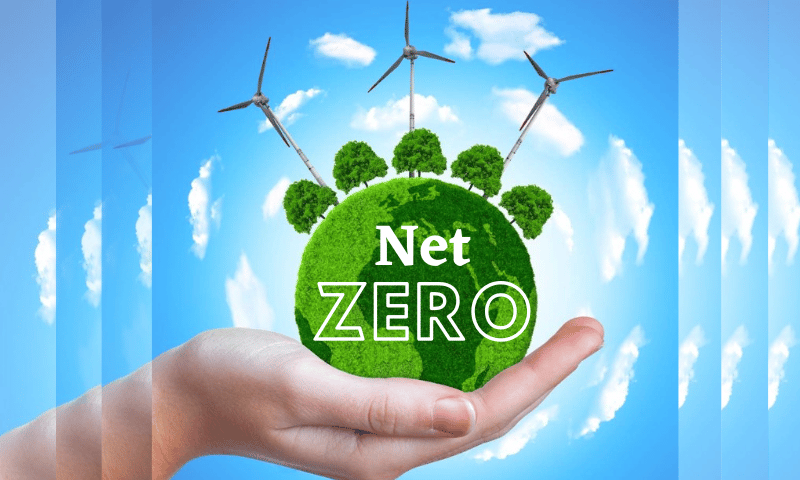Technologies available today deliver more than 80% of the emissions reductions needed by 2030, IEA says
Achieving global net-zero emissions by 2050 is still possible, but significant investment in clean-energy technologies and reduced fossil-fuel usage will be needed to make that a reality, according to the International Energy Agency.
In a new report, the Paris-based energy watchdog said clean-energy investments are set to hit a record $1.8 trillion in 2023, but will have to be scaled up to at least $4.5 trillion a year by the start of the next decade if the world is to meet the target of keeping the global temperature rise to 1.5 degrees Celsius by 2050.
“We have the tools needed to go much faster,” the report said. It estimates that 80% of the emissions reduction needed by 2030 can come from increasing renewable generation, energy efficiency and electrification, as well as from cutting methane emissions.
In particular, the report said the largest emissions reductions in its net-zero scenario came from tripling renewable generating capacity and doubling the savings from shifting to more efficient technology, such as switching to EVs, designing more efficient air conditioners and retrofitting buildings. It also said that, “The key actions required to bend the emissions curve sharply downwards by 2030 are well understood, most often cost effective and are taking place at an accelerating rate.”
The report includes two global energy scenarios—net zero by 2050 and current stated policies—which are widely used as a reference point by companies and policy makers grappling with the transition. Tuesday’s report updates its 2021 scenarios for recent events including the pandemic response, the energy crisis prompted by the war in Ukraine, and governments’ green energy policies, including the Inflation Reduction Act and Europe’s RePower EU plan.
Despite the report’s optimism about the potential of green energy, it warned that, with carbon emissions reaching a new high of 37 billion metric tons last year, fossil-fuel usage will need to fall by a quarter by 2030 to reach net zero by 2050. It forecasts a peak in carbon emissions this decade, thanks to the fast rollout of clean-energy technologies—in particular, solar panels and electric vehicles—but said that deployment of new technologies needs to be in line with drops in fossil-fuel usage to avoid energy shortages.
The new report comes as policies toward green energy globally are at a crossroads, with politicians balancing green ambitions with energy security and a cost-of-living squeeze. For example, the U.K. government said last week that it would delay a planned ban on the sale of new diesel and petrol cars to 2035 from 2030, and recently signaled it is open to new oil and gas drilling.
The IEA said adoption of clean technologies has been strong in developed countries and China, and that those nations are on track to achieve 85% of their contribution to tripling global renewable-energy capacity. But more support is needed to help developing countries, it said.
All countries, however, need to modernize electricity grids to help enable this shift: Electricity transmission and distribution grids will need to expand by about two million kilometers (1.24 million miles) each year by 2030 to meet net zero by 2050.
The IEA said accelerating electrification is essential, with technologies such as heat pumps and electric vehicles likely to provide a fifth of emissions reductions by the end of the decade in its net-zero scenario. The agency also said that, by 2030, two-thirds of cars sold are likely to be electric, with production commitments from carmakers ensuring that this can be achieved.
Methane emissions were a particular concern but were also highlighted as one of the cheaper ways to decarbonize. “Without efforts to reduce methane emissions from fossil fuel supply, global energy sector CO2 emissions would need to reach net zero by around 2045,” the report said. Removing 75% of methane emissions from natural gas and oil operations would cost just $75 billion—equivalent to 2% of the net income received by the oil-and-gas industry in 2022, it said.
The IEA said security of critical-minerals supply was a concern, with announced projects for nickel and lithium falling short of what is needed in 2030 to meet its net-zero-by-2050 scenario.

